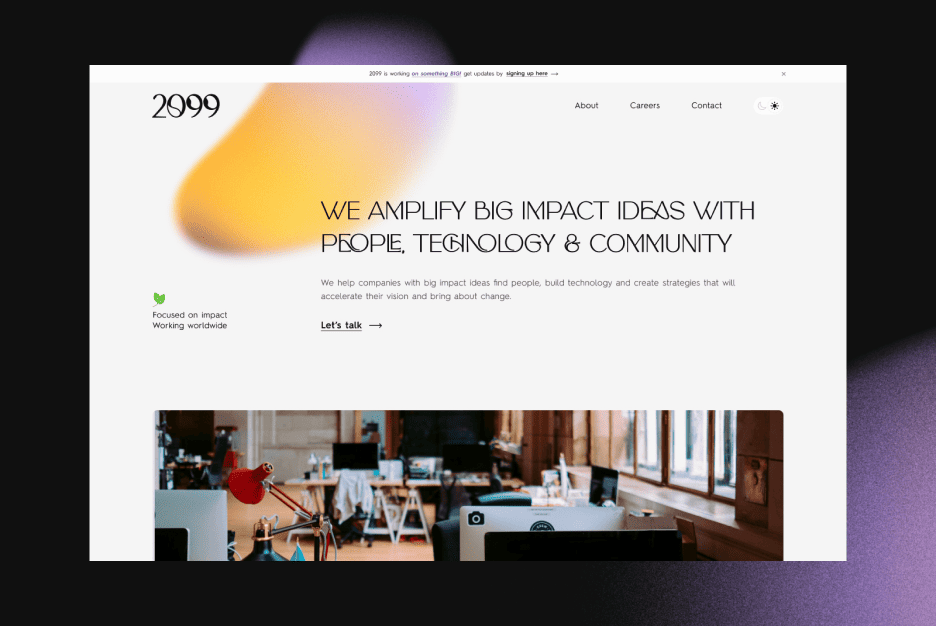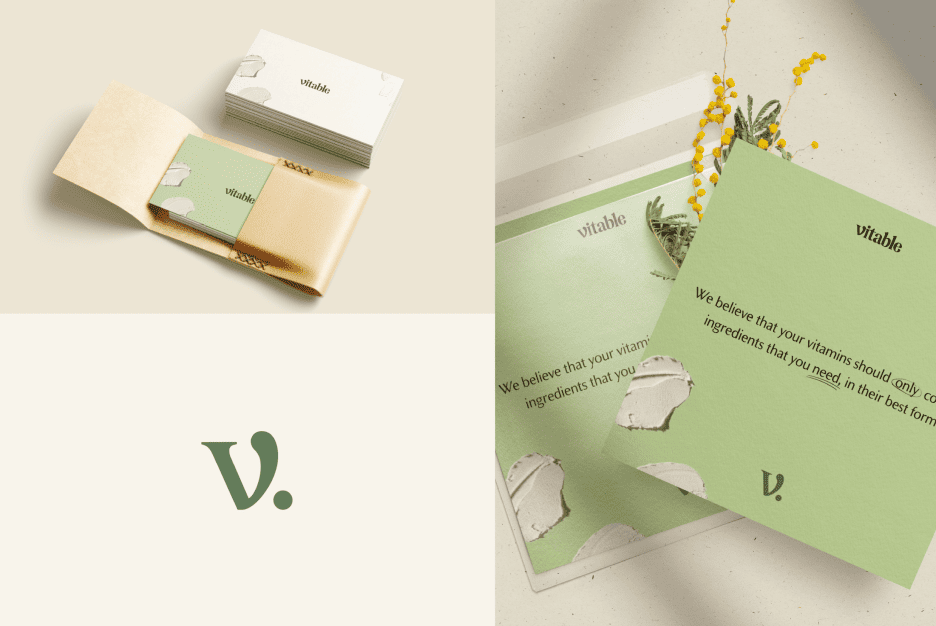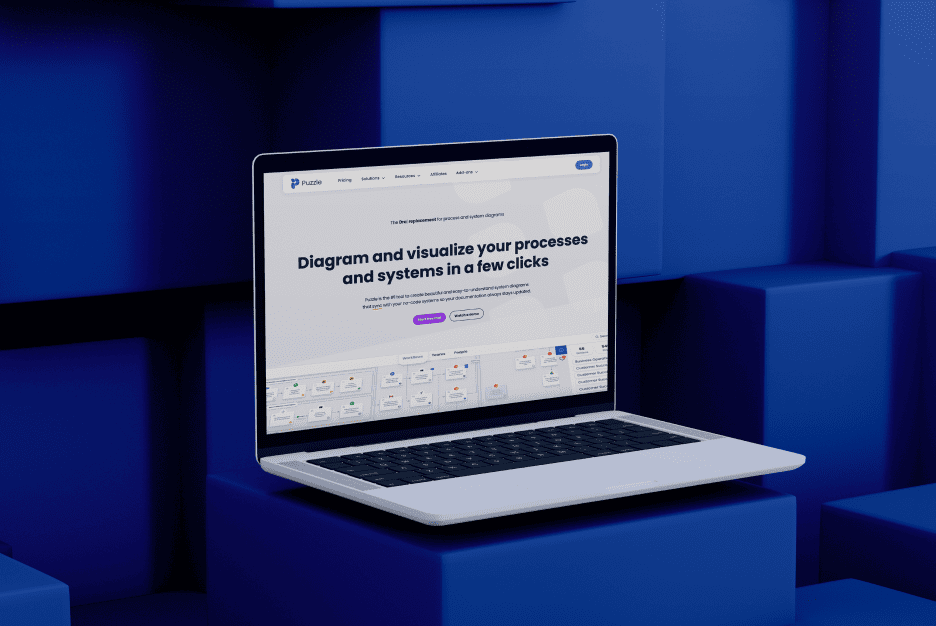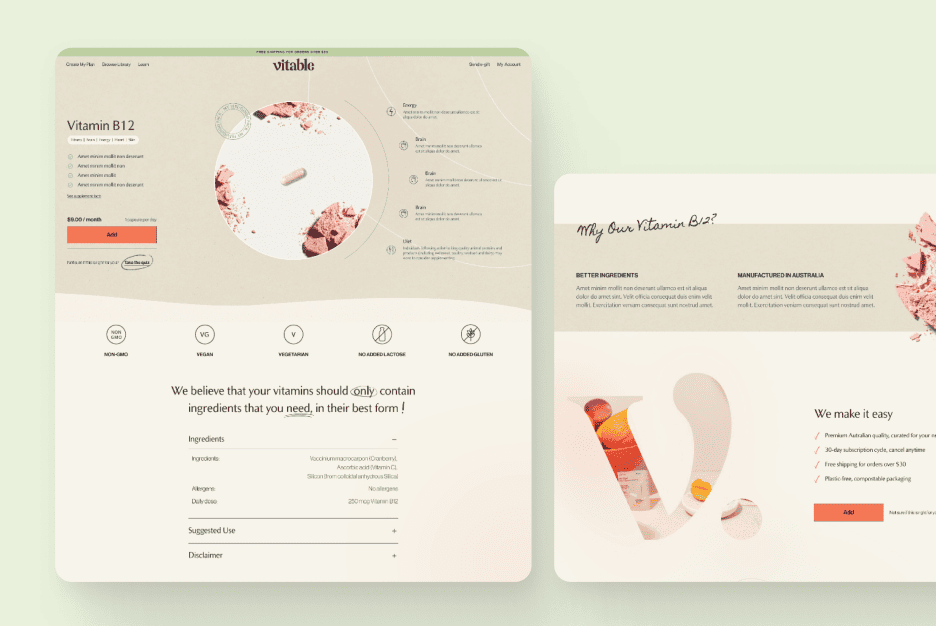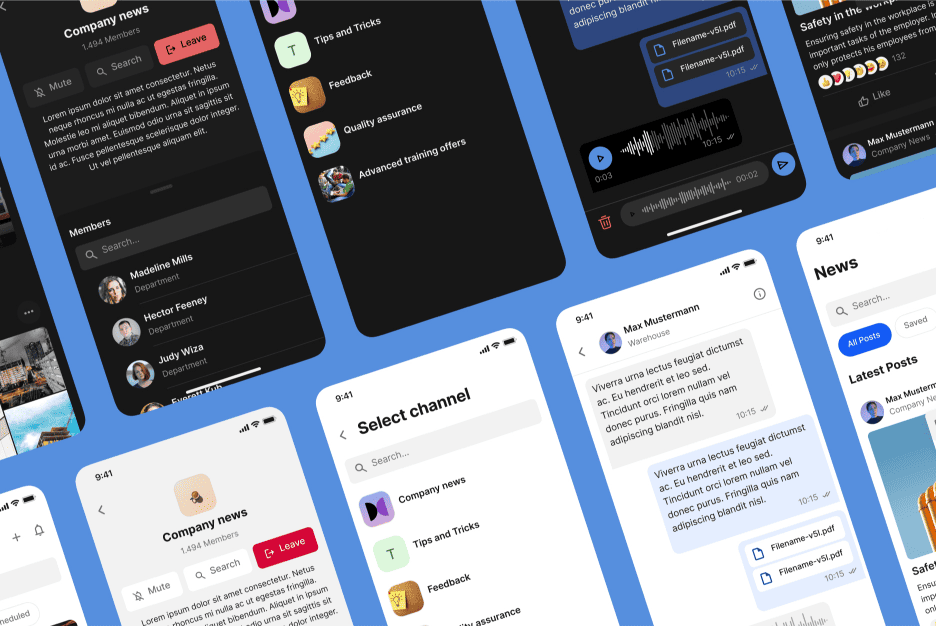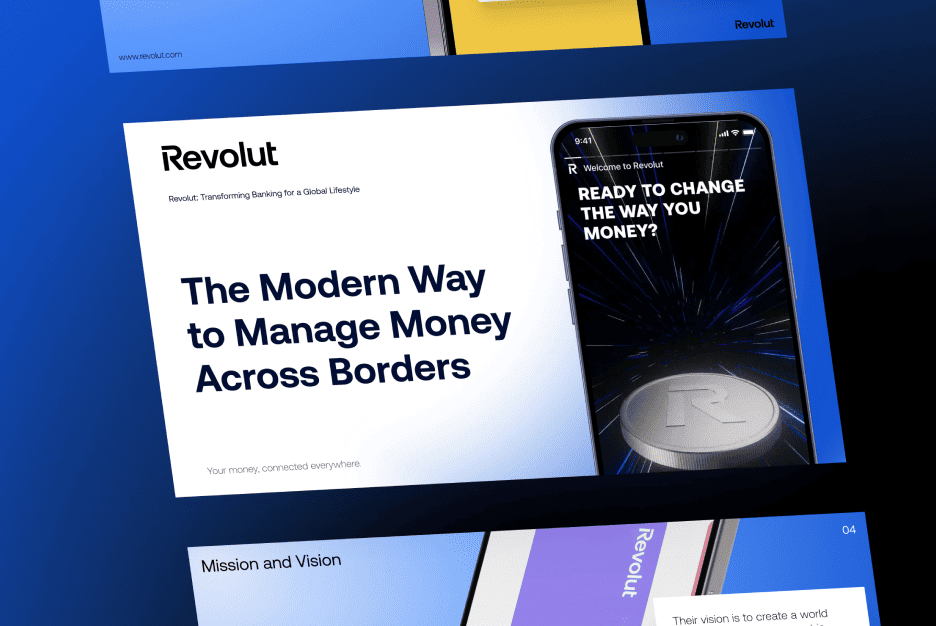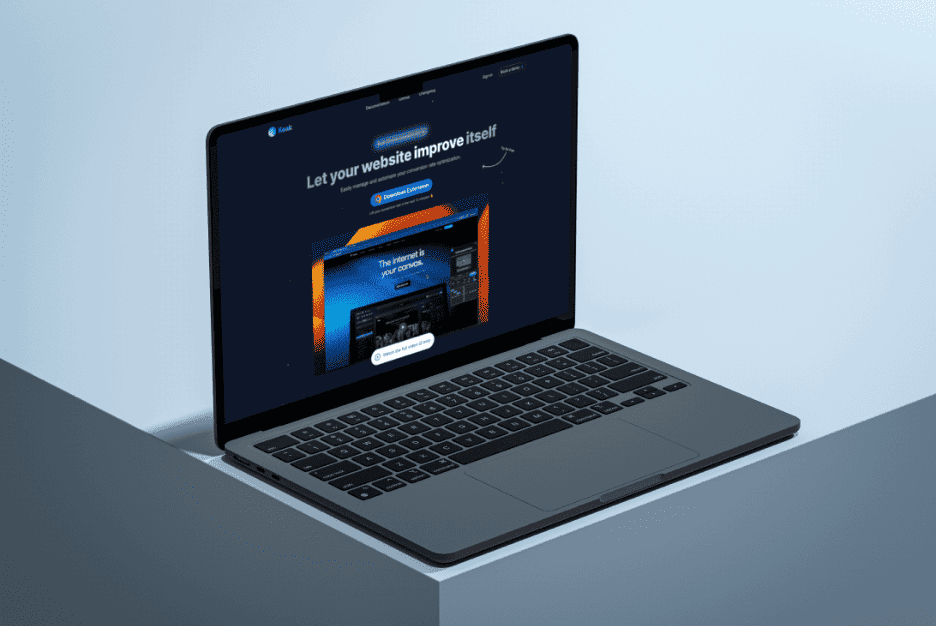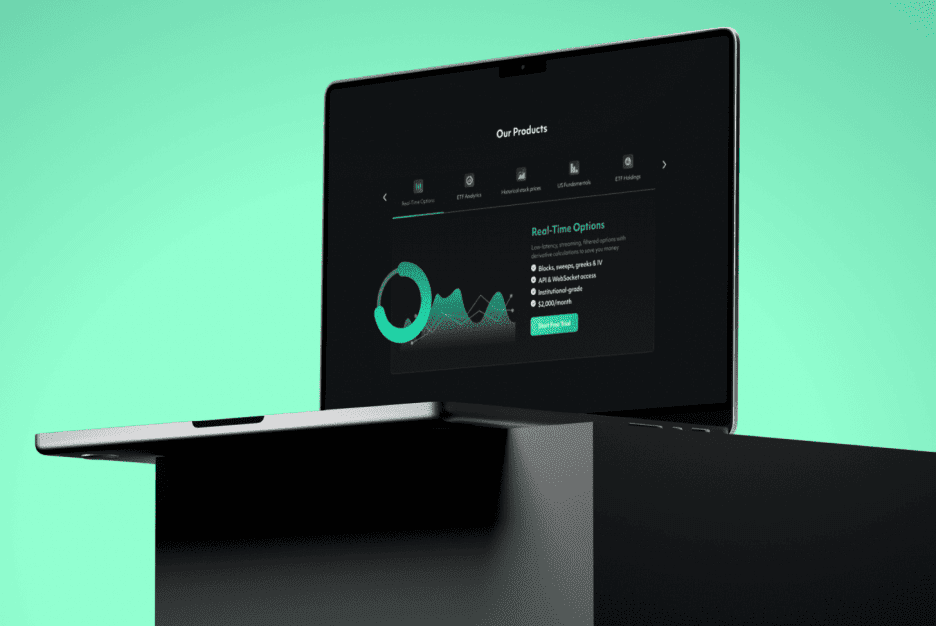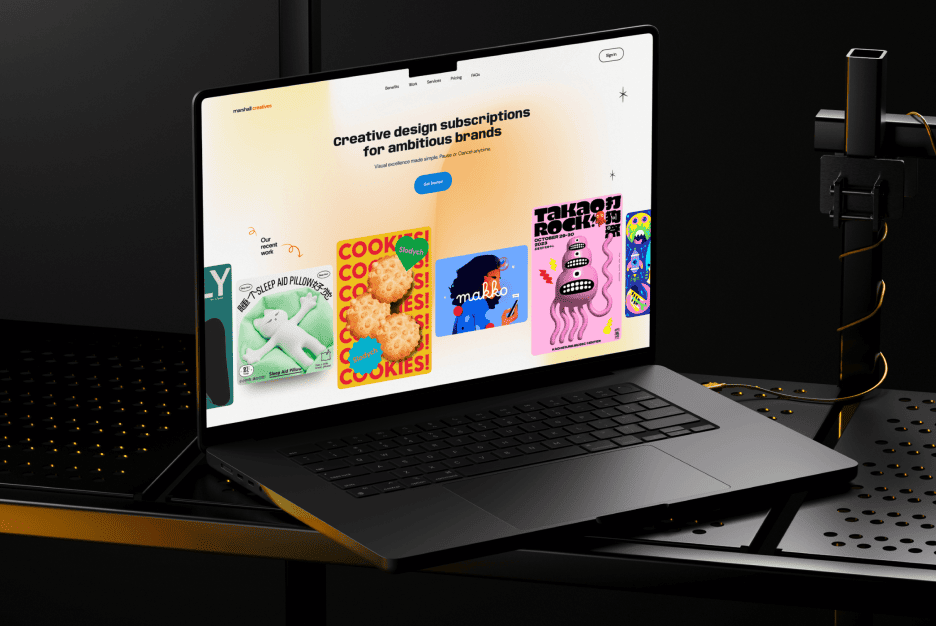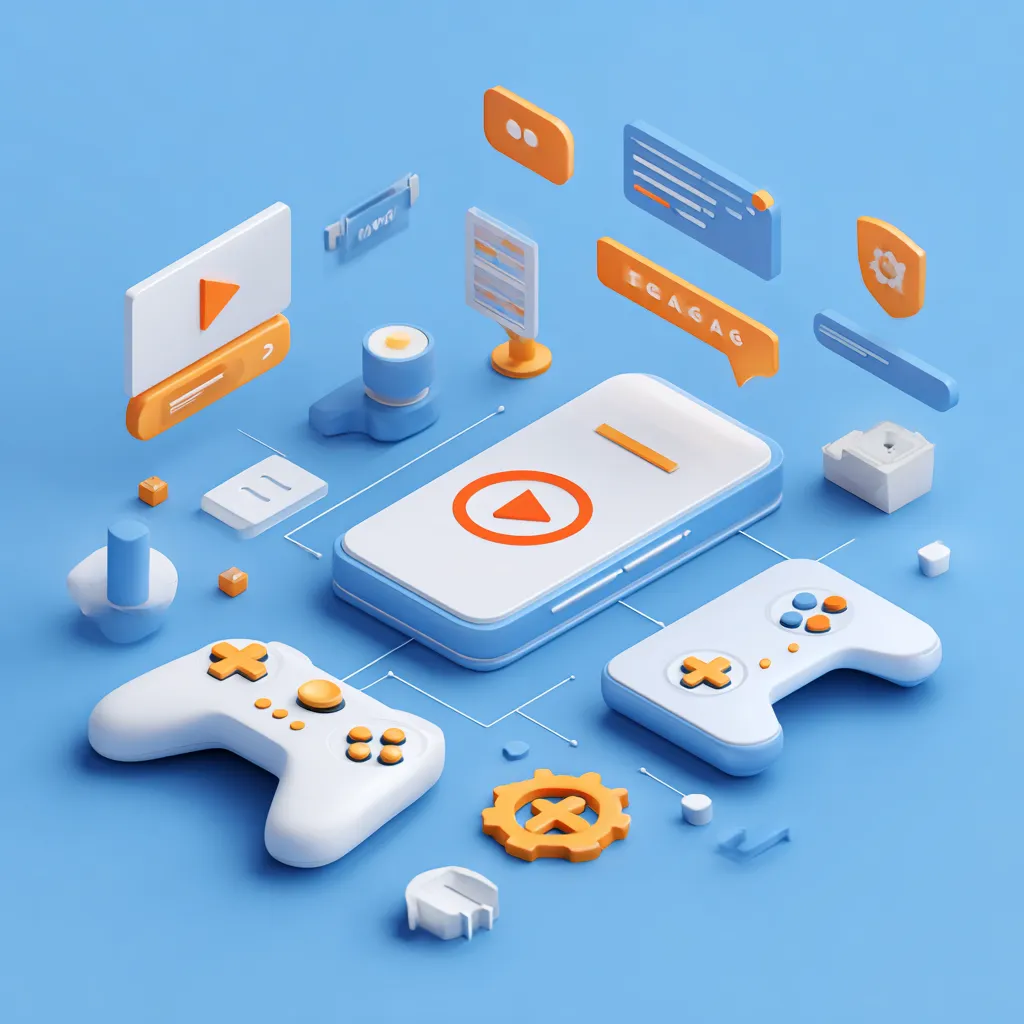In the pulsating digital ecosystem of 2025, where user attention is a scarce commodity, the art of engagement defines success for websites and platforms. Gamification—infusing interfaces with game mechanics like points, badges, and leaderboards—has emerged as a powerful tool, yet its application is a double-edged sword. At Almax Agency, our extensive experience across 50+ projects, as highlighted in creating value across generations, reveals that while gamification can ignite user interest, its misuse can fracture engagement. This in-depth guide unravels when gamification elevates UI/UX, when to sidestep it, and a suite of advanced UX/UI alternatives to captivate and retain audiences. Packed with case studies, technical blueprints, and step-by-step strategies, this is your roadmap to mastering engagement in 2025.
The Dual Nature of Gamification: Power and Pitfalls
Gamification leverages psychological triggers—competition, achievement, and reward—to transform user interactions into engaging experiences. Our work with an e-learning platform integrated a point-based system tied to module completion, resulting in a 25% increase in course finish rates and a 15% rise in repeat visits (eLearning Industry, 2025). This aligns with our findings in smart UX testing, where subtle design tweaks, including gamified progress bars, boosted a client’s conversion rate by 22%. Data from Gartner (2025) indicates 70% of Fortune 2000 companies now deploy gamification, underscoring its potential to enhance retention and loyalty when strategically implemented.
Yet, the pitfalls are equally stark. Overzealous gamification can overwhelm or annoy users, with 35% abandoning apps due to perceived clutter or irrelevance (Statista, 2025). Our analysis, echoed in why pre-made WordPress themes could cost you more, warns that generic gamification overlays—common in templated sites—dilute brand authenticity and hinder performance, lagging 15% behind custom designs in SEO rankings (Search Engine Journal, 2025). The challenge lies in precision: gamification must align with user intent and platform goals. Let’s dissect when it thrives and when it falters, armed with practical insights.
When Gamification Thrives: Strategic Deployment
Optimal Use Cases
Gamification proves most effective in contexts where users are driven by progress, achievement, or friendly competition. For example, for a fitness app client, we implemented a badge system for workout milestones—like “10-Day Streak” or “Marathon Ready”—which increased user retention by 20% and daily active users by 12% over three months.
Educational platforms also benefit greatly; our quiz feature with timed challenges and leaderboards for a university client improved student engagement by 18% and boosted test scores by 10%. In e-commerce, loyalty programs shine: our retail client’s points-based discount system (100 points = $10 voucher) increased repeat purchases by 15% and customer lifetime value by 8%.
We also observed that integrating gamified Landing Pages during campaigns like Speed Meets can significantly enhance lead capture and engagement. Visitors respond positively to interactive challenges, instant rewards, or progress trackers, turning a simple landing page into a mini-experience that encourages conversions.
Technical Implementation: A Step-by-Step Blueprint
Effective gamification relies on a solid technical foundation:
- Scaffold Points, Levels, and Badges – Tools like Gamify make it easy to create these elements and track user actions via JavaScript event listeners, e.g.,
addEventListener('click', updatePoints). For a gaming client, real-time leaderboard updates increased session duration by 17%. - Monitor Engagement Metrics – Use Google Analytics to track time-on-page, bounce rates, and interactions. For one client dashboard, this data allowed us to reduce exits by 12%.
- Optimize Performance – Auditing with tools like GTmetrix ensures fast load times. On an e-learning site, we reduced load time by 1.2 seconds, improving accessibility and engagement.
- Gamified Landing Pages for Campaigns – By embedding points, badges, and interactive progress bars directly on landing pages for events like Speed Meets, users are motivated to complete actions, increasing both sign-ups and overall engagement.
Case Study: Triumph in the Trenches
Consider a travel platform we transformed with a “destination unlock” game mechanic. Users earned “Explorer Points” by completing travel quizzes, unlocking virtual postcards of destinations, which increased session duration by 22% and sign-ups by 14%. The custom UI featured animated progress bars and a responsive design, reflecting our approach in web design vs. digital product design. Success hinged on aligning gamification with the platform’s exploratory ethos—conducting design research via user surveys revealed 78% of users craved interactive discovery, guiding our strategy.
Practical Tools and Tips
- Progress Tracking: Implement a custom progress bar with CSS
linear-gradientto visualize achievements, tested with 500 users to confirm a 10% engagement lift. - Reward Systems: Design tiered rewards (bronze, silver, gold) using JSON data structures, as we did to enhance a client’s loyalty program, increasing redemption rates by 11%.
- Feedback Loops: Add real-time notifications with WebSocket, boosting a client’s gaming site interaction by 13%—monitor with Google Analytics.

When to Avoid Gamification: Navigating the Risks
Misaligned User Demographics
Gamification misfires with audiences prioritizing utility over play. Our research for a B2B SaaS client, informed by design research, showed a 10% engagement drop when we introduced leaderboards—professionals preferred streamlined data access over competition. Avoid it for financial platforms or legal sites where users seek efficiency, as 62% of such users cited gamification as a distraction (Forrester, 2025).
Overload and Clutter
Excessive gamification creates cognitive overload, with 40% of users exiting due to visual noise (Nielsen Norman Group, 2025). A social media client’s badge-heavy interface reduced active users by 8% until we pruned it to three core elements—simplicity restored a 5% retention gain. Balance is key: limit gamified features to 20% of the interface, validated by A/B testing with Optimizely, which we used to optimize a client’s layout.
Technical and Performance Traps
Poorly executed gamification tanks performance, with 65% of users abandoning sites over 3 seconds (Think with Google, 2025). We overhauled a gaming client’s site, removing heavy animations that lagged by 2 seconds, improving speed by 1.5 seconds and retention by 9%. Use Google PageSpeed Insights to audit—our pre-launch checks prevented a 10% bounce rate spike. Avoid unoptimized assets; compress images with WebP to maintain fluidity.
Case Study: A Cautionary Tale
A healthcare portal client experimented with a step-counter game, aiming to encourage wellness tracking. Initial enthusiasm faded as 13% of users found it irrelevant, dropping usage by 7% over two months. Our post-mortem, using Hotjar heatmaps, revealed cluttered navigation as the culprit. Simplifying the UI restored engagement, proving gamification’s success depends on context and execution.
Advanced UX/UI Alternatives for Audience Retention
Personalized Content Journeys
Tailored experiences foster loyalty without gamification’s flash. We implemented dynamic product recommendations for an e-commerce client using Hotjar heatmaps and machine learning algorithms, increasing session duration by 19% and cart additions by 12%. Create user personas with UserTesting surveys—our travel client saw a 15% repeat visit rate after targeting adventure seekers with custom itineraries.
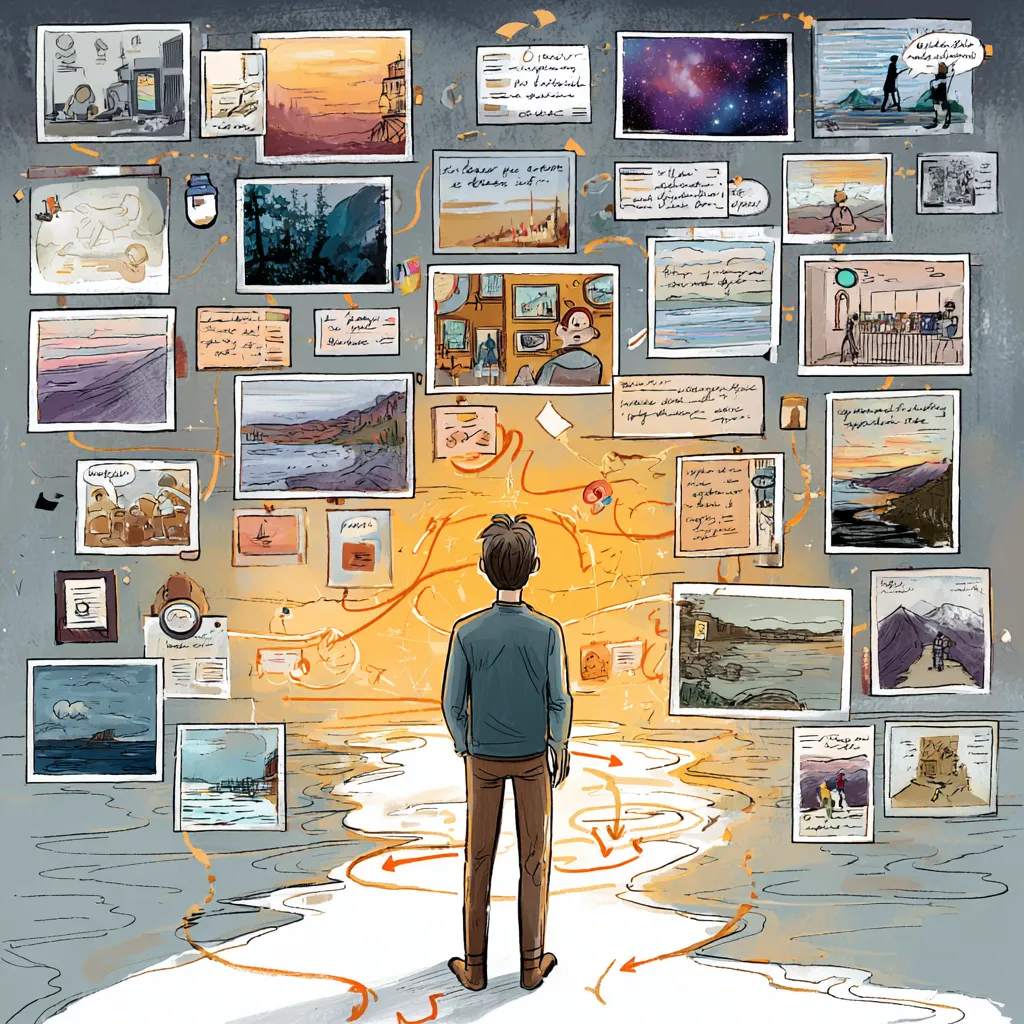
Intuitive Navigation Systems
Frictionless navigation retains users organically. We redesigned a nonprofit’s site with a custom sitemap and breadcrumb trails, lifting return visits by 15% and reducing exit rates by 8%, aligning with smart UX testing. Use Optimizely for A/B testing on 500 users to refine menus—our e-learning client optimized navigation, boosting course enrollment by 10%.
Immersive Visual Storytelling
Compelling visuals anchor users. We crafted a travel blog with parallax scrolling and high-resolution galleries, increasing page views by 20% and time-on-page by 14 seconds. Leverage Canva for design assets, and showcase your work on Behance to attract followers. Our case study showed 65% of users lingered longer with storytelling elements over text-heavy pages.
Microinteractions and Feedback Loops
Subtle animations enhance usability. We added hover effects and button feedback to an e-learning platform using CSS transition: all 0.3s ease, increasing interaction by 14% and reducing errors by 7%. Audit with GTmetrix to keep load times under 2 seconds—our optimization lifted a client’s mobile engagement by 11%. Pair with real-time alerts via WebSocket to acknowledge actions, boosting a client’s retention by 9%.
Progressive Disclosure Techniques
Reveal content gradually to maintain interest. We implemented collapsible sections for a tech client’s FAQ, reducing bounce rates by 10% and improving task completion by 13%. Use JavaScript toggleClass to manage visibility, tested with Google Analytics to confirm a 6% dwell time increase. This method suits complex interfaces, offering control without gamification’s intensity.
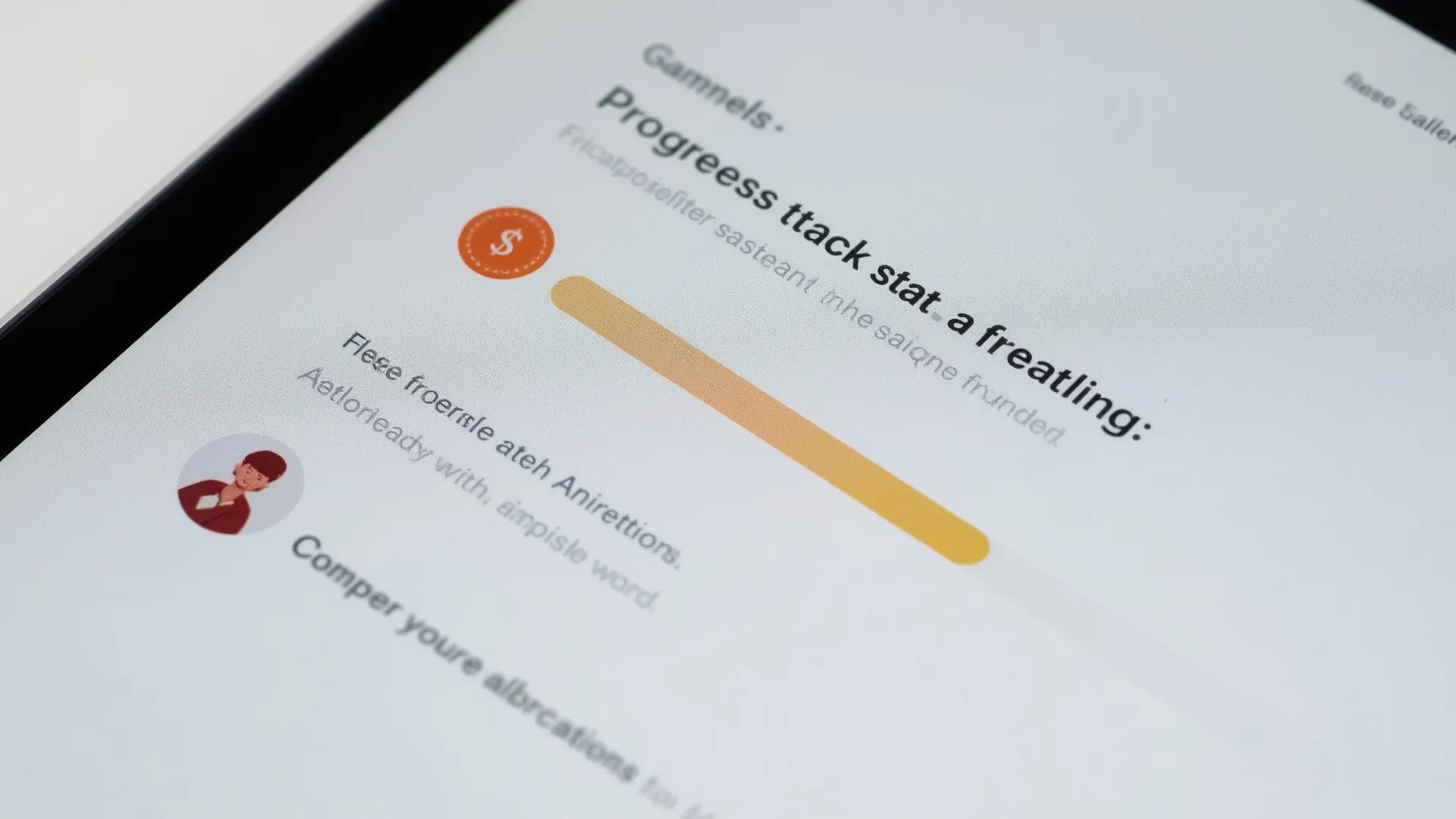
Maximizing Engagement: Actionable Strategies
- Conduct In-Depth Research: Perform user interviews with UserTesting across 200 participants, analyzing pain points—our client’s insights led to a 16% retention gain.
- Iterate with Precision: Run A/B tests with Optimizely on 500 users, targeting navigation and visuals—our retail client saw a 12% conversion lift.
- Optimize Relentlessly: Use Google Analytics to track metrics like scroll depth and exit pages, refining designs as we did to boost a client’s engagement by 18%.
- Leverage Feedback: Integrate Hotjar polls post-interaction, increasing a client’s satisfaction score by 10% after addressing user feedback.
- Showcase Mastery: Share custom UI/UX projects on Behance, gaining industry recognition and client trust.
Conclusion: Lead the Engagement Revolution in 2025
Gamification can be a game-changer when aligned with user needs, but its misuse risks disengagement. Alternatives like personalized journeys and microinteractions offer robust, scalable retention strategies, as proven by our projects. At Almax Agency, our expertise, showcased on Behance, empowers you to craft experiences that resonate. Embrace these advanced techniques, backed by rigorous testing and optimization, and lead the engagement revolution in 2025.
